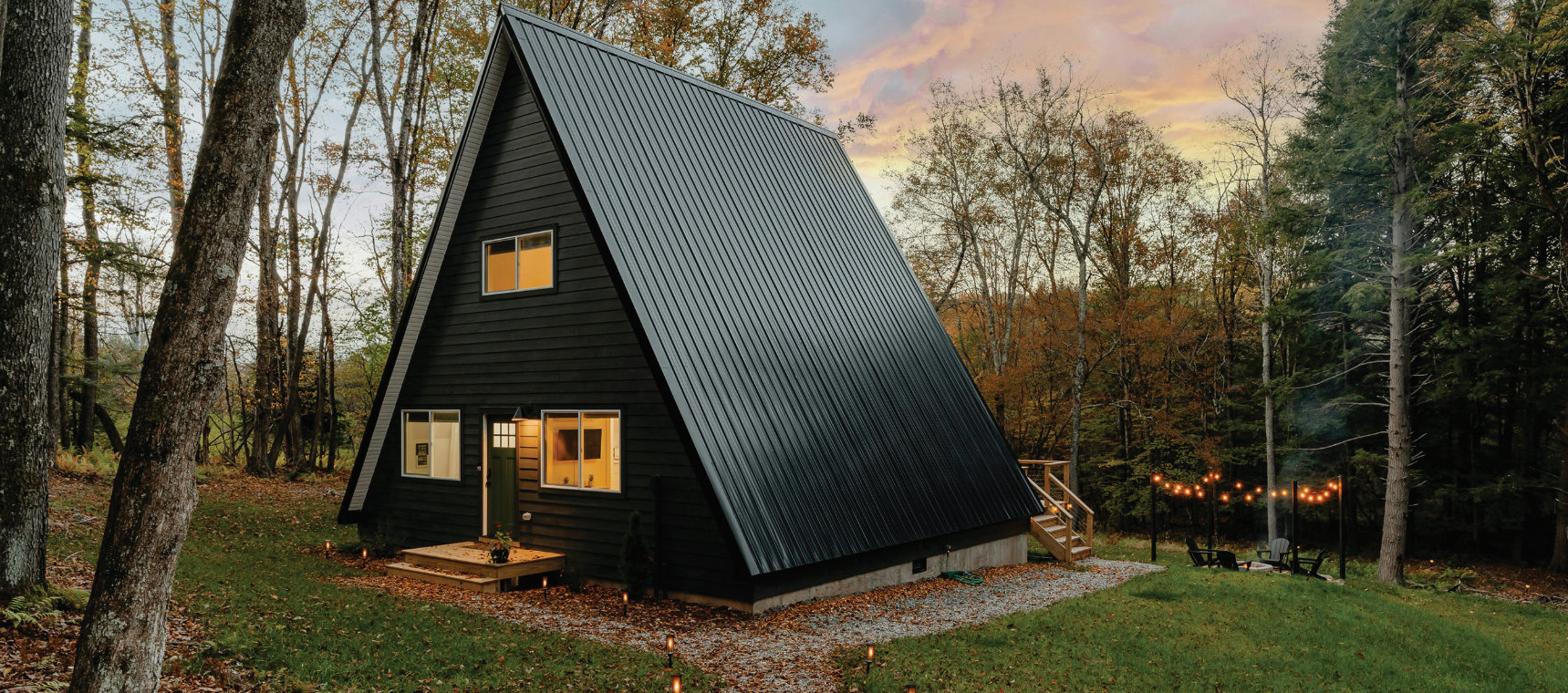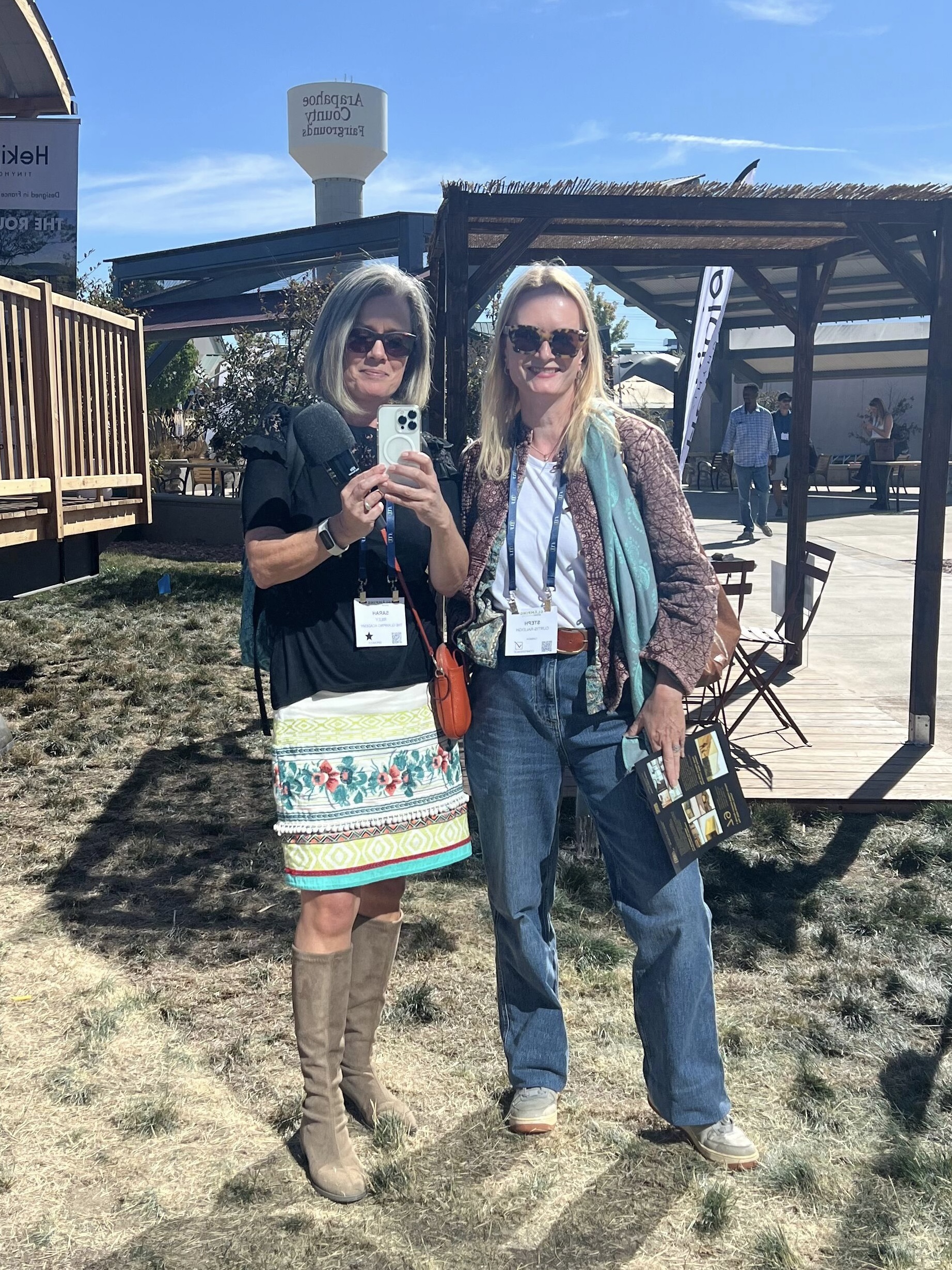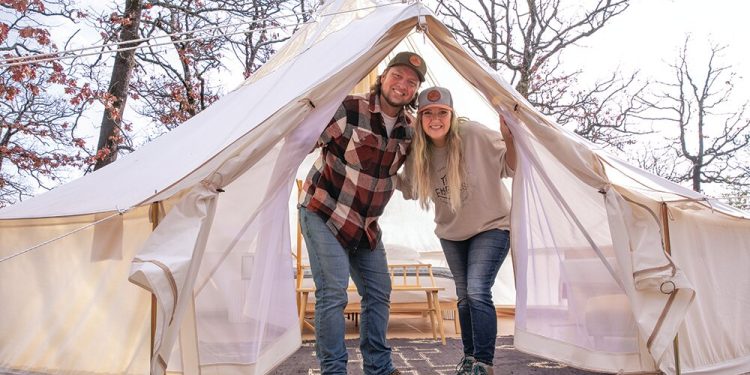The glamping industry continues to evolve, driven by a rising demand for luxurious outdoor experiences. Once a niche market, glamping has become a recognized segment within the hospitality industry, blending high-end accommodation with immersive nature experiences.
This feature draws on exclusive data from the Cairn Consulting Group Glamping Report, unveiled at the 2024 Glamping Show Americas. Based on insights from 473 participants, the report provides a detailed analysis of the industry, comparing perspectives from current operators, prospective entrepreneurs, and those who ultimately decided not to proceed with their glamping plans.
With the full report available free of charge, this analysis serves as an essential resource for anyone currently operating a glamping business, considering launching a new site, or looking to understand the challenges and opportunities shaping the sector today.
Current Operators: A Maturing Industry and the Drive to Expand
Industry Stability and Growth
Glamping businesses are demonstrating increasing stability and maturity. According to the report, 75% of glamping sites have been in operation for over two years, a significant indicator of the industry’s resilience. This longevity suggests that glamping is no longer just a trend—it has evolved into a sustainable business model within the broader tourism and hospitality market.
The ownership structure of glamping businesses is also shifting. While sole proprietorships still dominate, an increasing number of businesses are operating as partnerships or corporate entities, reflecting a more professionalised and investment-driven approach.
Scaling Up: The Growth of Multi-Site Operations
The expansion of glamping businesses is another sign of the sector’s strength. In 2024, 22% of operators reported having multiple locations—an 18% increase from 2023. This rapid expansion highlights growing confidence among operators, as well as increasing demand from travellers seeking unique and immersive outdoor stays.
On average, existing glamping businesses operate 12 structures, but most plan to add 25 more within the next three years—a major scaling-up effort. This ambitious expansion is driven by high occupancy rates and strong consumer interest in nature-based accommodation.
Interestingly, tents have now overtaken cabins as the most common glamping structures. Their affordability, ease of installation, and versatility make them a practical choice for operators looking to expand quickly while maintaining cost-efficiency.
Challenges Facing Established Operators
Despite the industry’s overall growth, current operators face several key challenges:
- Financing (40%): Access to capital remains the biggest hurdle, with many operators struggling to secure funding for expansion and infrastructure improvements.
- Regulatory Barriers (29%): Navigating zoning laws, environmental regulations, and local ordinances continues to slow down development.
- Marketing and Operational Efficiency: While revenues are increasing—up 5% year-over-year—operators emphasise the need for stronger marketing strategies and better operational support to maintain this momentum.
With the right support mechanisms in place, established glamping businesses have the potential to sustain and accelerate their growth in the coming years.
Prospective Operators: Ambitions, Barriers, and Fast-Tracking Launches
Ambitious Plans for New Entrants
For those planning to enter the market, the average projected site includes 21 structures—nearly double the number maintained by current operators. This suggests that new glamping entrepreneurs are more aggressive in their business models, aiming for larger-scale operations from the outset.
A majority of these prospective operators envision year-round, stand-alone properties located near natural attractions, aligning with trends among existing businesses.
The Speed of New Openings
Momentum within the sector is high. Among those planning to launch new glamping sites:
- 58% aim to open within one year
- 26% plan to launch within two years
Many of these new entrants are inspired by the success of current operators and seek to replicate profitable models by incorporating:
- Diverse accommodations (tents, domes, cabins, yurts)
- Modern amenities (luxury bathrooms, WiFi, heating and cooling)
- On-site experiences (wellness retreats, gourmet dining, adventure activities)
This aligns with consumer expectations for high-end, experience-driven stays, rather than just a basic outdoor accommodation.
Overcoming Entry Barriers
Despite their enthusiasm, prospective operators face significant barriers to entering the market. The two biggest challenges are the same as those faced by current operators:
- Financing constraints (primary obstacle for most new businesses)
- Regulatory complexity (zoning and land-use restrictions)
However, many new entrants are actively seeking solutions, including:
- Marketing partnerships to increase visibility and attract early bookings
- Operational consulting to streamline business setup and optimise guest experience
- Crowdfunding and private investment to bridge funding gaps
With the right strategic planning, many of these prospective operators have the potential to thrive, despite the industry’s barriers to entry.
The Ones Who Didn’t Go Ahead: Why Some Glamping Plans Stalled
While many entrepreneurs are eager to join the glamping boom, not all ventures reach the finish line. Among those who decided not to proceed:
- 71% cited financing difficulties as the primary reason
- 43% faced regulatory challenges that halted their plans
Interestingly, competition was not a major deterrent—suggesting that there is still ample room for new players in the market. However, the sheer complexity of setting up a glamping business—from securing land to obtaining permits and building infrastructure—proved overwhelming for some.
This highlights a critical gap in industry support: the need for accessible resources and clearer pathways to help aspiring operators successfully launch their ventures.
Key Takeaways and Future Outlook
Comparing Current Operators and New Entrants
A key takeaway from the report is the contrast between cautious growth among current operators and the aggressive expansion plans of prospective entrepreneurs. While existing businesses are focusing on steady, controlled scaling, new entrants plan larger, more feature-rich properties from the outset.
Addressing Industry Challenges
To ensure sustainable growth, the glamping industry must address its biggest obstacles:
- Financing Access – Improved funding opportunities, including grants, loans, and investment partnerships, are needed to support both new and existing operators.
- Regulatory Streamlining – Industry associations and policymakers must work together to simplify zoning laws and land-use approvals.
- Marketing and Business Development Support – Enhanced education, networking, and promotional tools could help operators increase revenue and occupancy rates.
The Future of Glamping
Despite its challenges, glamping remains one of the fastest-growing segments in the hospitality industry. With continued innovation, improved financing options, and stronger industry-wide support, the sector is poised for long-term success.
For those considering entering the market, understanding the realities of financing, regulations, and operations is crucial—but for those who navigate these challenges successfully, the rewards are significant.
Download the Full Glamping State of the Industry Report
For a comprehensive look at the data behind these trends, download your free copy of the 2024 Glamping State of the Industry Report from Cairn Consulting Group.







